Chile is one of the Latin American countries with the most experience in runoff balloting. Of the seven presidential elections from 1989 to date, the last five required a second round. And on four of those five occasions, the second-round results confirmed the candidate who had won on the first round.
How likely is it for the first and second place finishers to flip when Chileans head to the polls for the second round on December 17, after voting in the first round on November 19? And what can we learn from other countries in Latin America?
Runoff elections in Latin America
At present, 12 of the 18 Latin American countries provide for second-round presidential elections as needed, with different arrangements. In eight of them—Brazil, Chile, Colombia, Dominican Republic, El Salvador, Guatemala, Peru, and Uruguay—a first-round win requires 50 percent plus one of the votes. Costa Rica requires only 40 percent; in Ecuador and Bolivia, a candidate must win either 50 percent plus one, or 40 percent with a difference of more than 10 points over the second-place finisher; and in Argentina, 45 percent, or 40 percent with a difference of more than 10 points.
Since 2013, runoffs have become increasingly important in the region. In almost all the countries that regulate it, the presidency was defined in a second round: Chile (2013); Brazil, Costa Rica, Colombia, El Salvador, and Uruguay (2014); Guatemala and Argentina (2015); Peru (2016); and Ecuador (2017).
What are the main regional trends?
A comparative analysis of Latin American presidential elections from 1978 to 2017 shows that the first-round winner usually wins the second round when he or she is widely considered by second-round voters to be the “lesser of two evils.”
To the contrary, a flipped result occurs when the majority of the electorate shares a “negative consensus” against the candidate who won the first round—in other words, when the Round 1 winning candidate is perceived as “the greater evil.” In these cases, the second-round balloting allows voters to articulate a new majority opinion and block an undesired candidate who won on the first round.
Of the more than 150 presidential elections held in the region from 1978 to 2017, just over 80 provided for a second round according to electoral law. In 46, a second round was needed. And in 34 of these 46 (75 percent), the first-round winner also won the runoff. In only 12 of the 46 did the outcome flip. Recent examples include Juan Manuel Santos in Colombia (2014), Mauricio Macri in Argentina (2015), and Pedro Pablo Kuczynski in Peru (2016).
The other regional trend is that electoral participation tends to diminish in the second round, except in very tight second-round elections. Citizen participation is a key element: Of the 12 flipped electoral outcomes, seven saw more citizens voting in the second round than in the first.
One important element to consider is the percentage-point difference between the first- and second-place finishers. When the first-round difference is greater than 10 or 15 percent, a flipped outcome is unlikely but not impossible. Keiko Fujimori was 19 points ahead of Pedro Pablo Kuczynski in the first round of the 2016 Peruvian elections, but was defeated in the second round.
A runoff election is not the second half of the same game; it’s a new election.
The factors that matter
The key message is that a runoff election is not the second half of the same game; it’s a new election. In the first round, a voter votes in favor of a candidate; in the second round, he or she votes not only in favor of a candidate but also against one of the options. Many voters decide to “lend” their votes to a candidate who is not their favorite and for whom they did not vote in the first round in order to prevent the victory of the candidate who they perceive as the “greater evil.”
Comparative experience in the region shows that flipping the first-round outcome in the runoff is complex but feasible. The percentage-point difference between the first- and second-place finishers in the first round, while important, is not determinant—especially when the first-place finisher wins a low percentage of the votes to begin with and the second-place finisher isn’t far behind.
The critical factor is whether the second-place candidate can articulate a new coalition aimed at impeding the first-place finisher’s rise to the presidency; that candidate must be depicted as the “greater evil” to be avoided. In addition, it is important to increase voter participation, both of the second-place finisher’s supporters and of others who want to block the first-place finisher. This was how most flipped outcomes occurred. It is not easy (the likelihood between 1978 and 2017 was only about 25 percent) but it is not impossible.
The Brookings Institution is committed to quality, independence, and impact.
We are supported by a diverse array of funders. In line with our values and policies, each Brookings publication represents the sole views of its author(s).
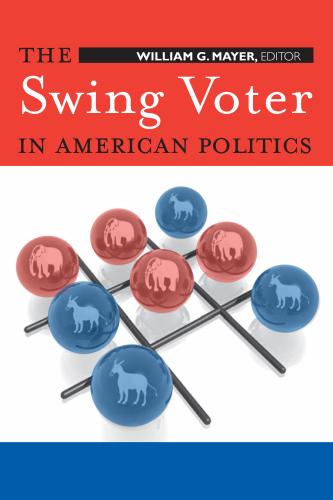
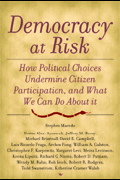
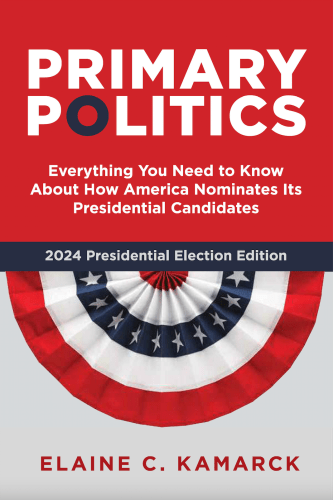
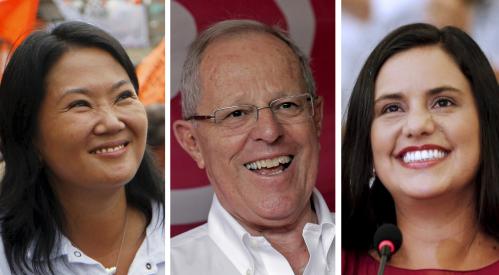
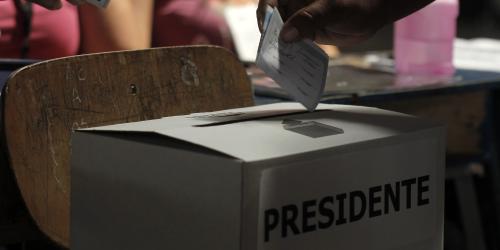
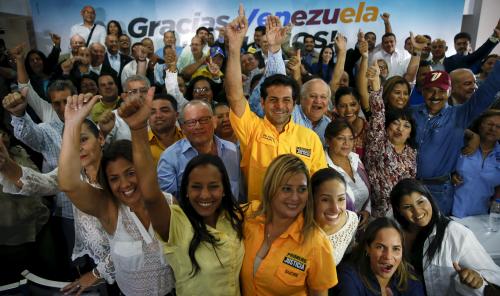


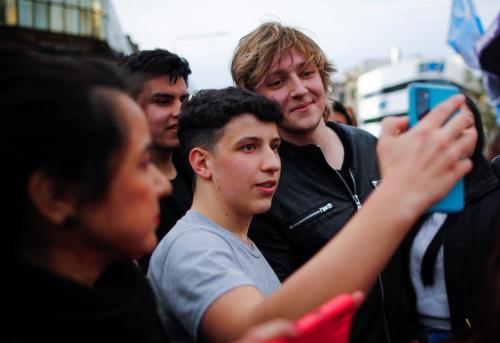
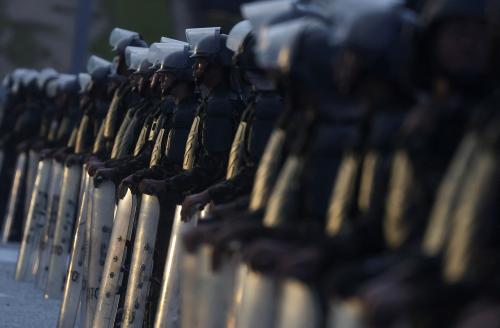
Commentary
Winning runoff elections in Latin America
December 12, 2017